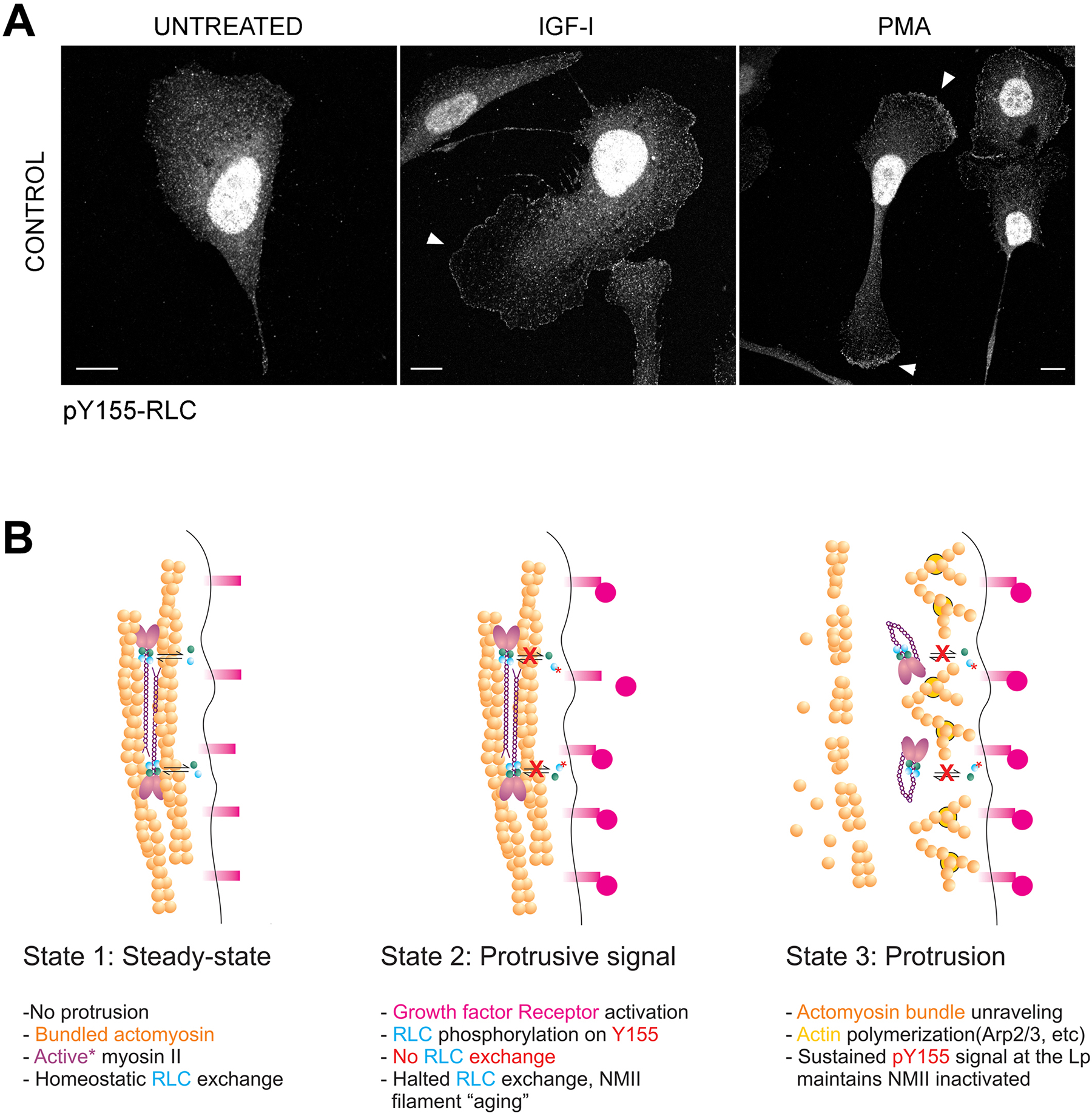Figure 7. Y155-phosphorylated RLC preferentially localizes to the leading edge of polarized cells.

(A) CHO.K1 cells were spread on fibronectin, serum-starved for 16h, then treated with IGF-I (100 ng/ml) or PMA (20 ng/ml) for 10 min, fixed and stained with the pY155 antibody. Bars=10 μm.
(B) A model of regulation of NMII assembly by Y155 in the lamellipodium. Left panel represents an edge of the cell in steady-state, in the absence of stimulus and with fully formed actomyosin bundles that prevent spontaneous protrusion. A crucial assumption is that bundle maintenance requires bound RLC (cyan balls) exchanging with the free RLC fraction (indicated by bidirectional black arrows), which is inferred from published FRAP data [36]; upon growth factor stimulation (middle panel), RLC becomes phosphorylated on Y155 (red asterisk), effectively lowering the affinity of RLC for NMII and thus blocking the homeostatic exchange of RLC (red Xs); as a consequence, NMII filaments cannot exchange RLC and eventually disassemble (right panel). The region is now devoid of assembled NMII and can undergo protrusion.
See also Figure S6.
